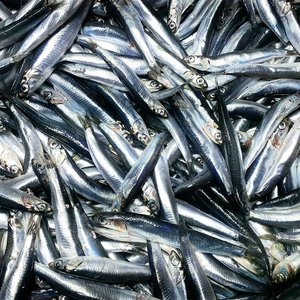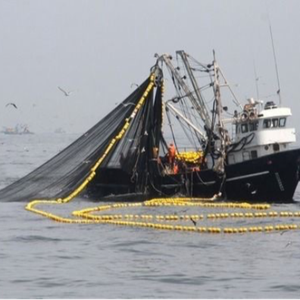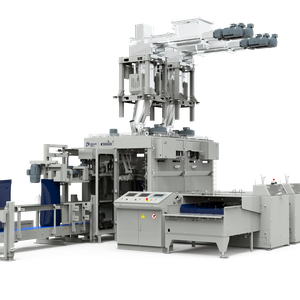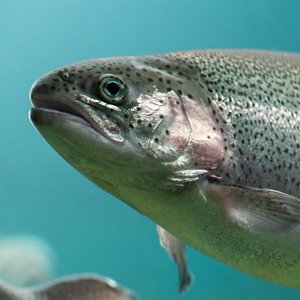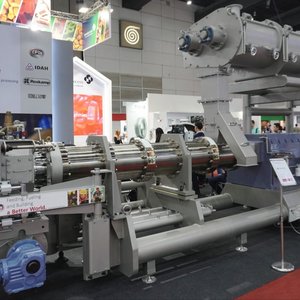White Spot Syndrome disease due to the White Spot Syndrome Virus (WSSV) is a serious profit limiting disease affecting shrimp being farmed in most countries of the world that are farming shrimp. DNA based diagnostic tools are currently in wide use to diagnose the disease and monitor the presence of the virus in broodstock, PLs and farm stocks. Typically these are costly and time consuming. Using a novel technology, WSSV can now be detected using PLs or shrimp in 20 minutes at high levels of sensitivity.
A lateral flow monoclonal gold antibody based sandwich ELISA technology has been developed that can detect viral particles below the traditional limits of a single stage PCR test. This kit, developed by EnBioTech Laboratories Co. Ltd., Japan, provides a simple and sensitive format that currently allows for the ready detection of WSSV. This technology is readily applicable to a wide variety of other pathogens as well.
RESULTS
Samples of pleopods from juveniles or adult animals are ground up using a provided tissue grinder in a small amount of a provided extraction buffer. The contents are allowed to settle and a small drop is placed in a well on the plastic device. Twenty minutes later the results are read with the intensity of color in the band correlating with the number of viral copies in the samples. The test will detect as low as 12 viral particles, making it more sensitive than a single stage PCR which can detect as low as 100 viral particles. WSSV is both vertically and horizontally transmitted. The ability to detect the virus rapidly at low levels is an important step in the process of controlling the disease and limiting the potential impact of the virus. The test can be used to detect low levels of virus in post larval shrimp during culture in hatcheries or prior to sale, shrimp in ponds through out the entire life cycle and in broodstock. While it is extremely sensitive, it is not as sensitive as nested PCR and standard diagnostic practices dictate that animals found to be negative by Shrimple with the appearance of possible symptoms of the disease be tested by other methods such as histopathology, Nested PCR, bioassay, etc. Shrimple requires no expensive equipment and can be done pond side by personnel with minimal training. This is an important breakthrough in the control of this disease. Contact Dr. Newman or EnBioTech for more information.
For more information, contact Stephen G. Newman Ph.D., President, Aqua-In-Tech Inc.
E Mail: sgnewm@aqua-in-tech.com
Photograph of Shrimple Test. Positive Sample on the right


